Designers
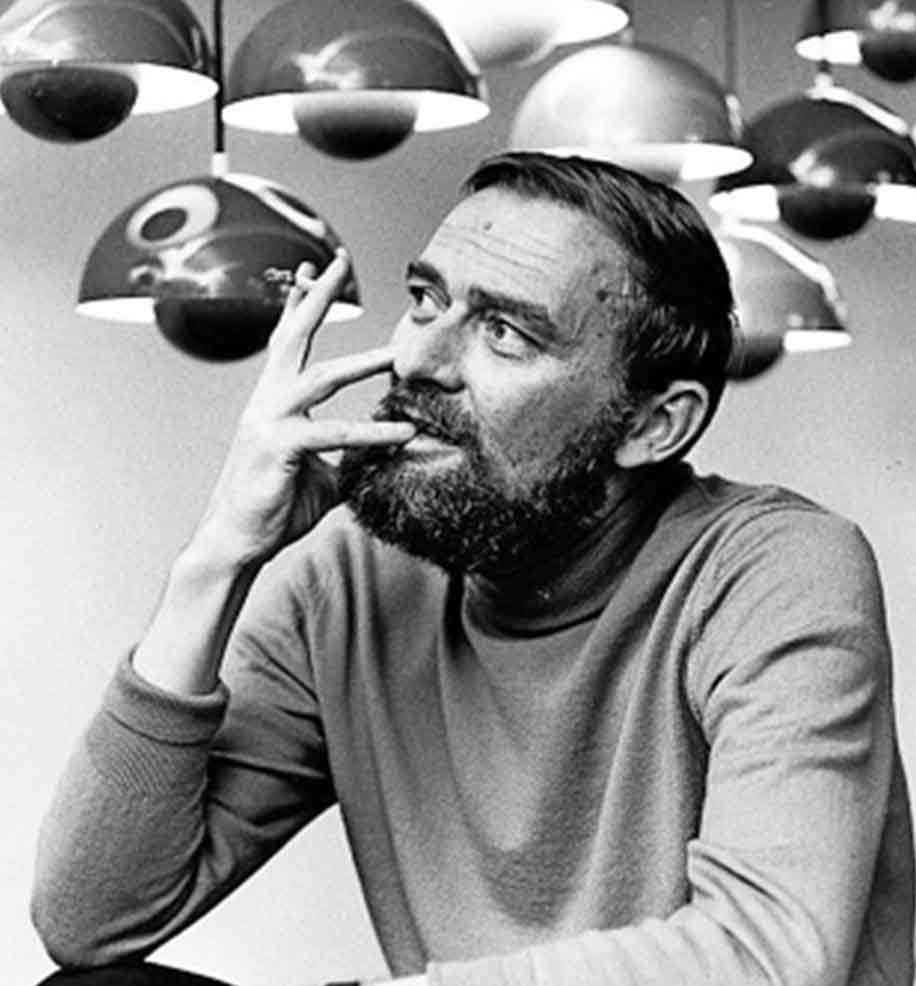
Verner Panton
Denmark 1926 – 1998
Verner Panton studied at Odense Technical College before enrolling at the royal Danish Academy of Fine Arts. He worked from 1950-52 in the architectural firm of Arne Jacobsen, and founded independent studio for architecture and design in 1955. His furniture and lighting attracted worldwide acclaimer their geometric forms and fluid lines.
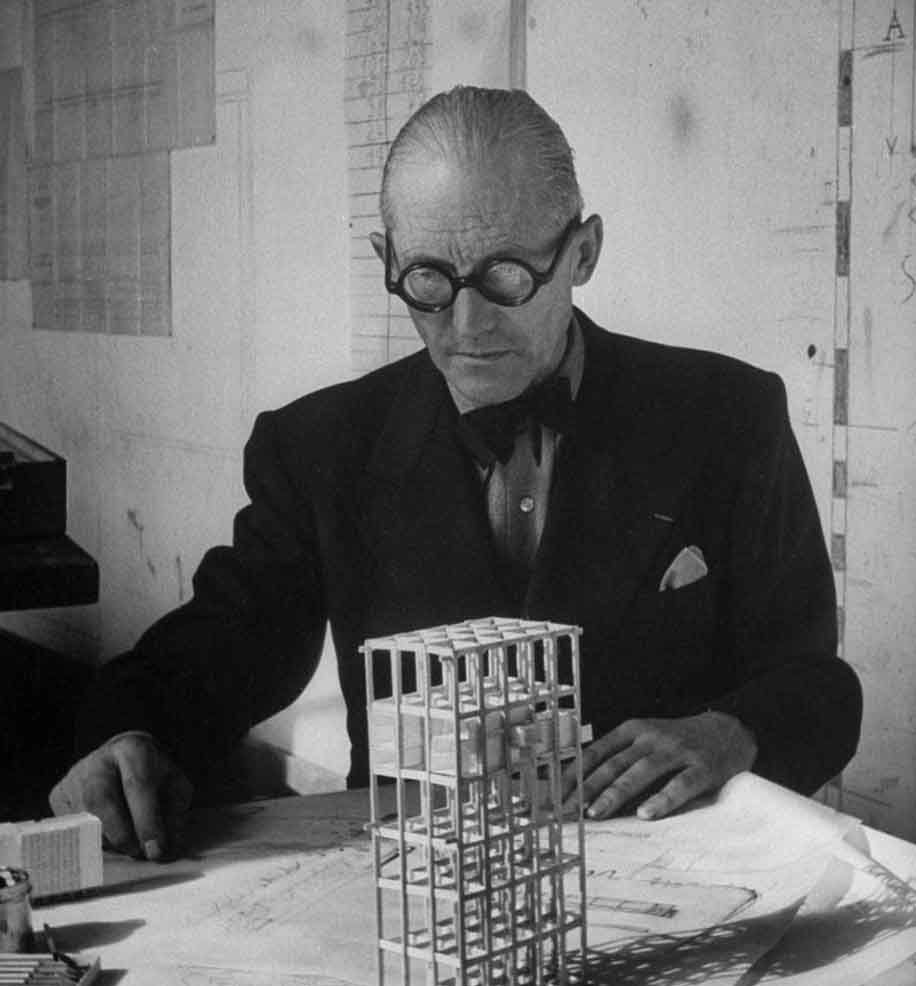
Le Corbusier
Switzerland 1887-1965
Widely considered one of the most influential architects of the 20th century, Le Corbusier is credited with changing the face of urban architecture, bringing it into the technological age. Connecting architecture with revolution, his legacy demonstrates a strong, if utopian, sense of purpose to meet the needs of a democratic society dominated by the machine. “Modern life demands, and is waiting for, a new kind of plan, both for the house and the city”.
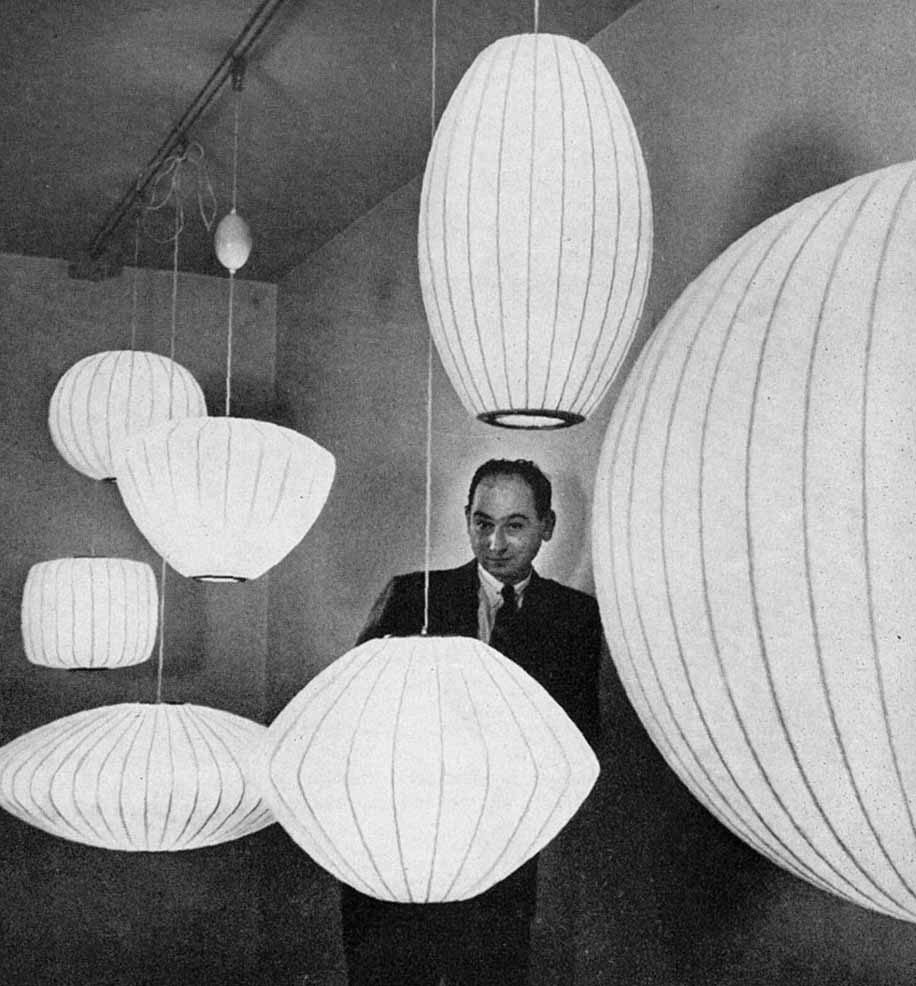
George Nelson
USA 1908-1986
Possessing one of the most inventive minds of the 20th century, George Nelson was one of those rare people who can envision what isn’t there yet. Nelson described his creative abilities as a series of “zaps” – flashes of inspiration and clarity that he turned into innovative design ideas. One such “zap” came in 1942 when Nelson conceived the first-ever pedestrian shopping mall.
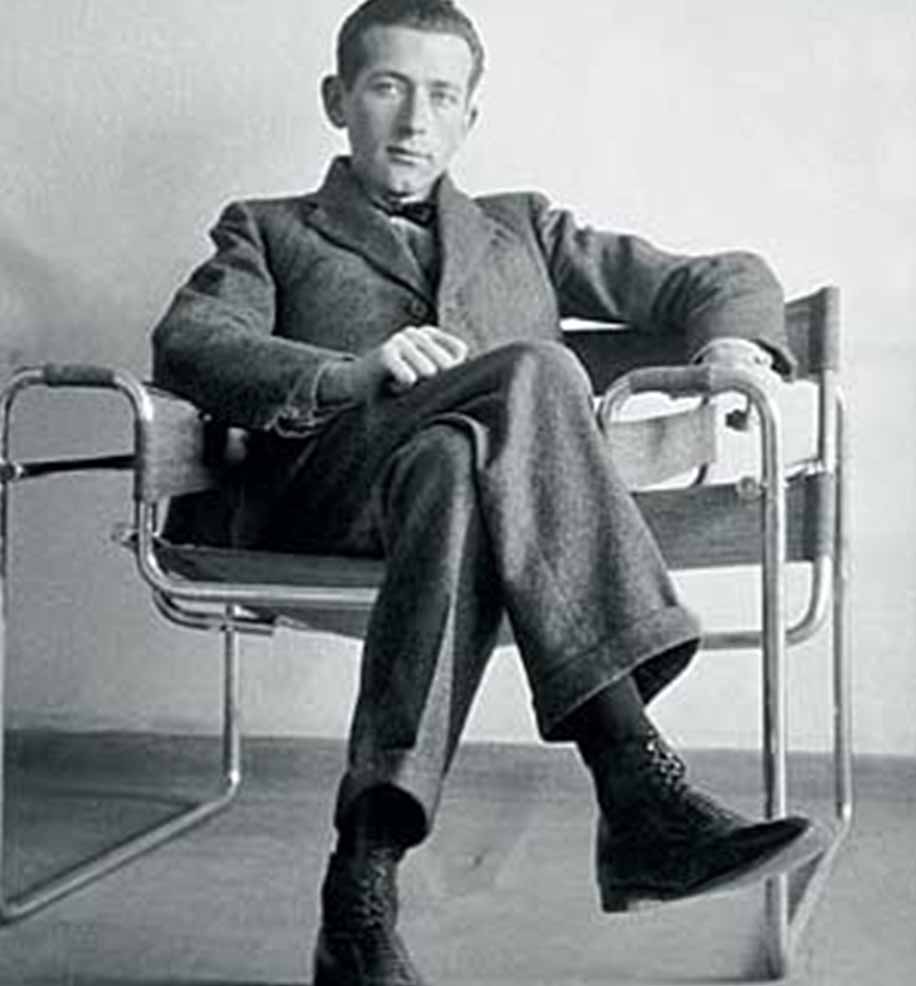
Marcel Breuer
Hungary 1902-1981
A champion of the modern movement and protégé of Bauhaus founder Walter Gropius, Marcel Breuer is equally celebrated for his achievements in architecture and furniture. Breuer was a student and subsequently a master carpenter at the Bauhaus in the early 1920s. His entire body of work, both architecture and furniture, embodies the driving Bauhaus objective to reconcile art and industry.
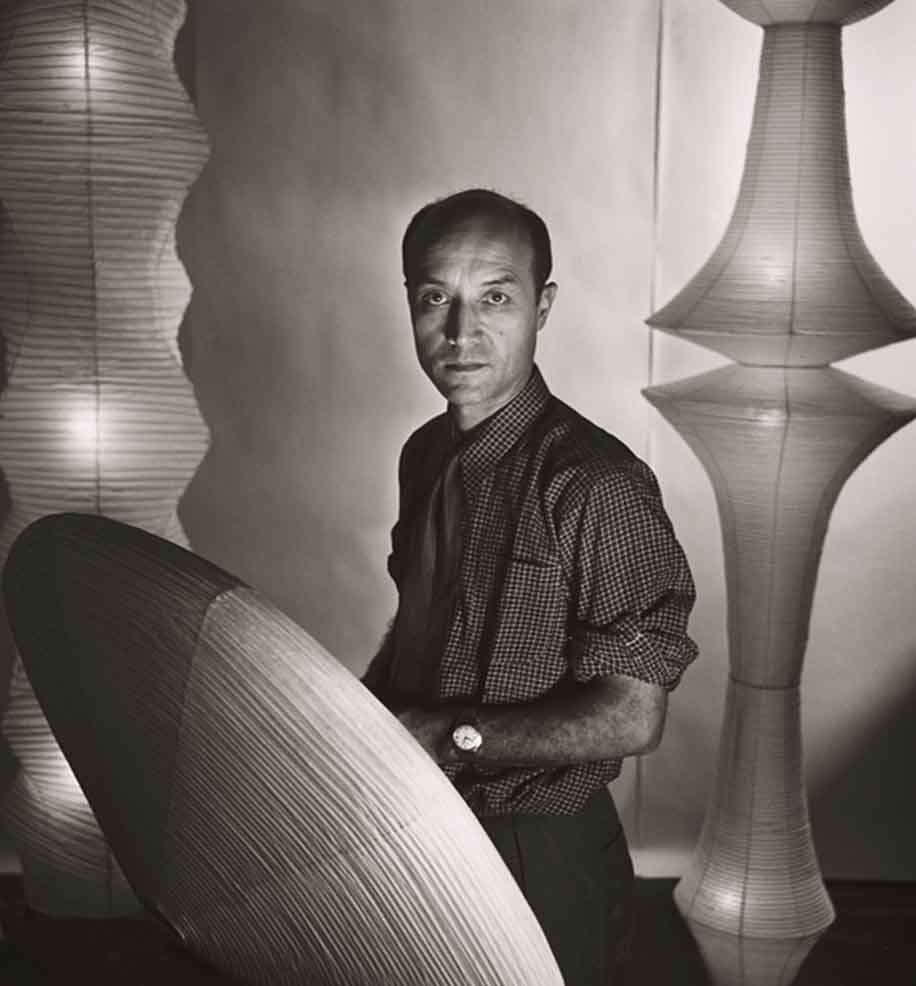
Isamu Noguchi
USA 1904-1988
Born in Los Angeles to an American mother and Japanese father, Noguchi lived in Japan until the age of 13. Perhaps more than any other midcentury master, Isamu Noguchi blurred lines between the public and the personal, between art and design. His career was defined by experimenting, learning and creating.
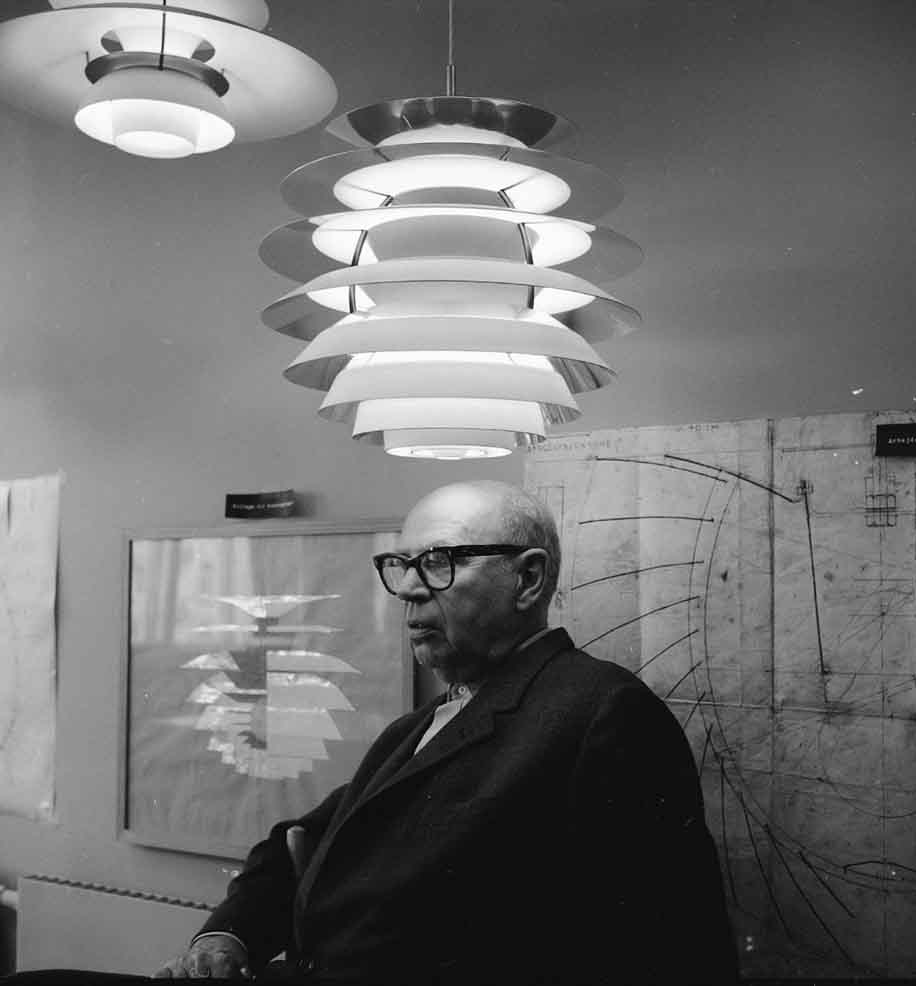
Poul Henningsen
Denmark 1894-1967
Poul Henningsen, known by his initials, “PH” was obsessed with light. He can be said to be the world’s first lighting architect. He devoted his entire career to investigating the importance of light for our well being. He worked on the theory that the observer should not be subjected to direct glare from the electric light source. Henningsen used a series of layered shades to both spread the light and conceal the light bulb, thus creating a softer more diffused lighting.
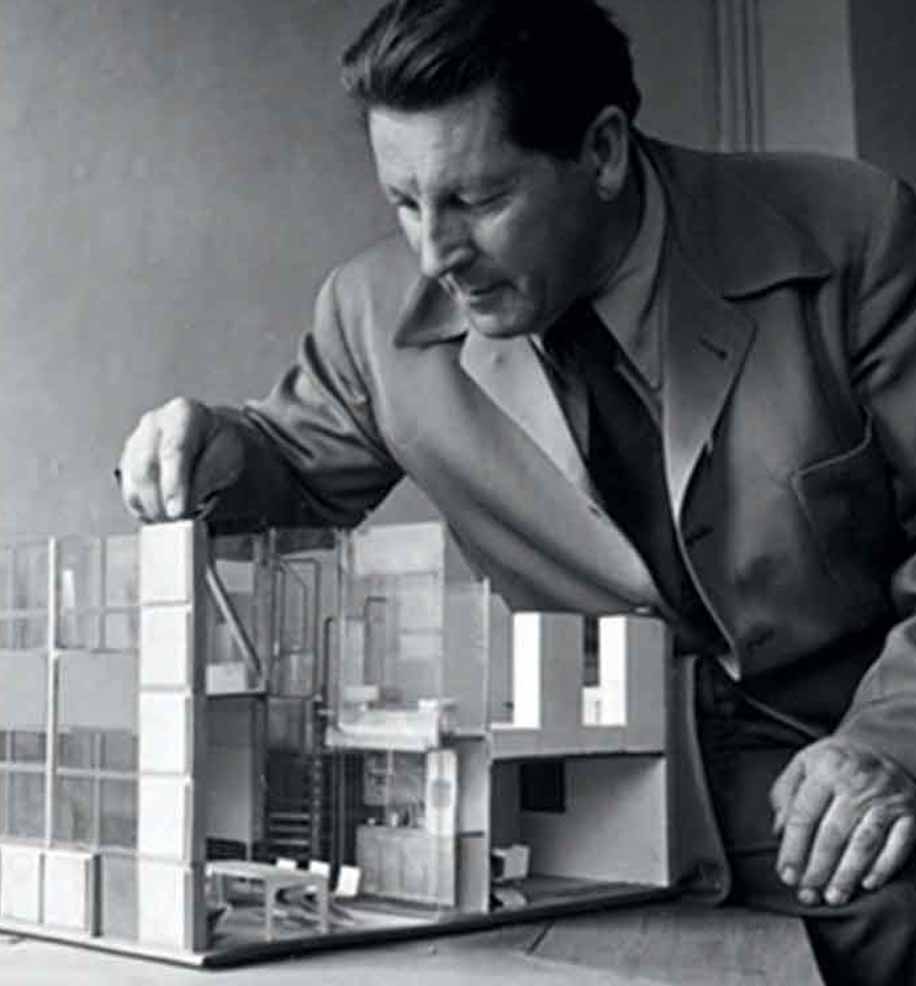
Gerrit Rietveld
The Netherlands 1888-1964
Gerrit Thomas Rietveld, seems possessed of two personalities. The first personality is that seen in the craftsman cabinet-maker working in a primordial idiom, re-inventing chairs and other furniture as if no one had ever built them efore him and following a structural code all of his own; the second is that of the architect working with elegant formulas, determined to drive home the rationalist and neoplastic message in the context of European architecture.
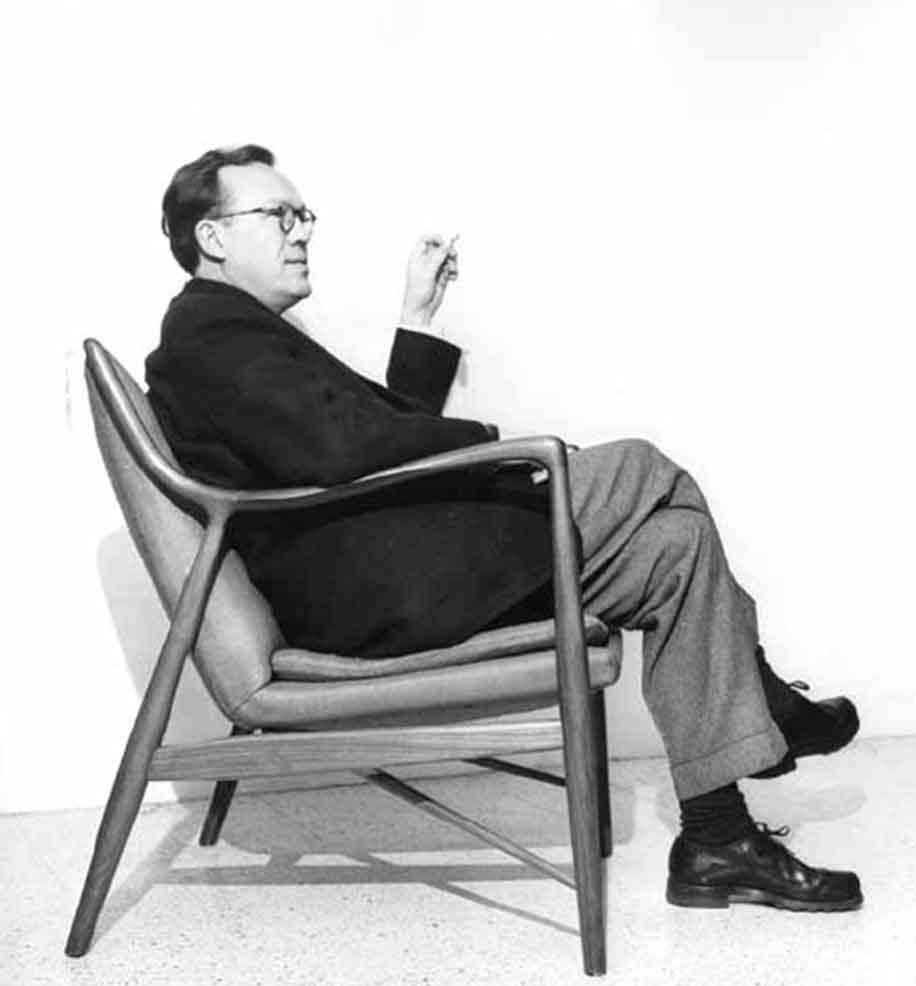
Finn Juhl
Denmark 1912-1989
When you look at the graceful shapes and sensual curves of Finn Juhl’s work, you may be shocked to realize that he designed these pieces 60 to 70 years ago. A pioneering force in his own country, Finn Juhl is also credited along with fellow Danes Arne Jacobsen, Hans Wegner, Borge Mogensen and Poul Kjaerholm for introducing Danish modern to mid-century America.
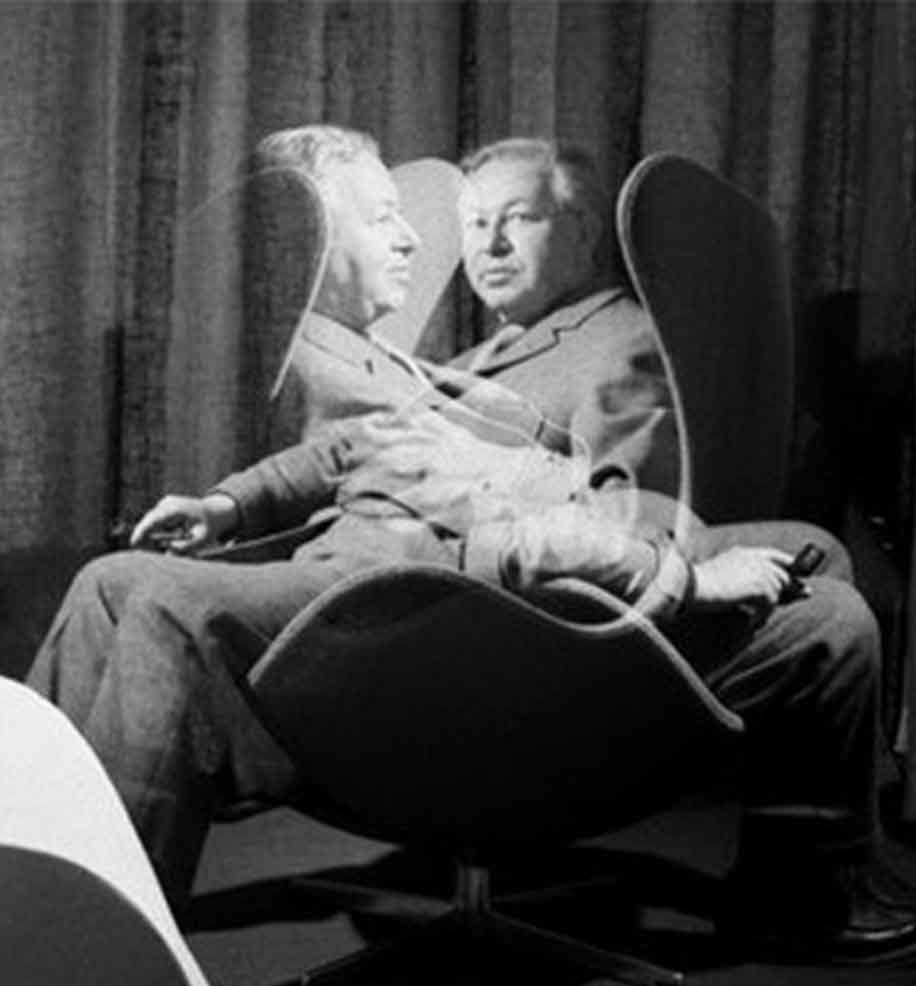
Arne Jacobsen
Denmark 1902-1971
Arne Jacobsen bought a plywood chair designed by Charles Eames and installed it in his own studio, where it inspired one of the most commercially successful chair models in design history. The three-legged Ant chair (1951) sold in millions and is considered a classic today. It consists of two simple elements: tubular steel legs and a springy seat and back formed out of a continuous piece of plywood in a range of vivid colors
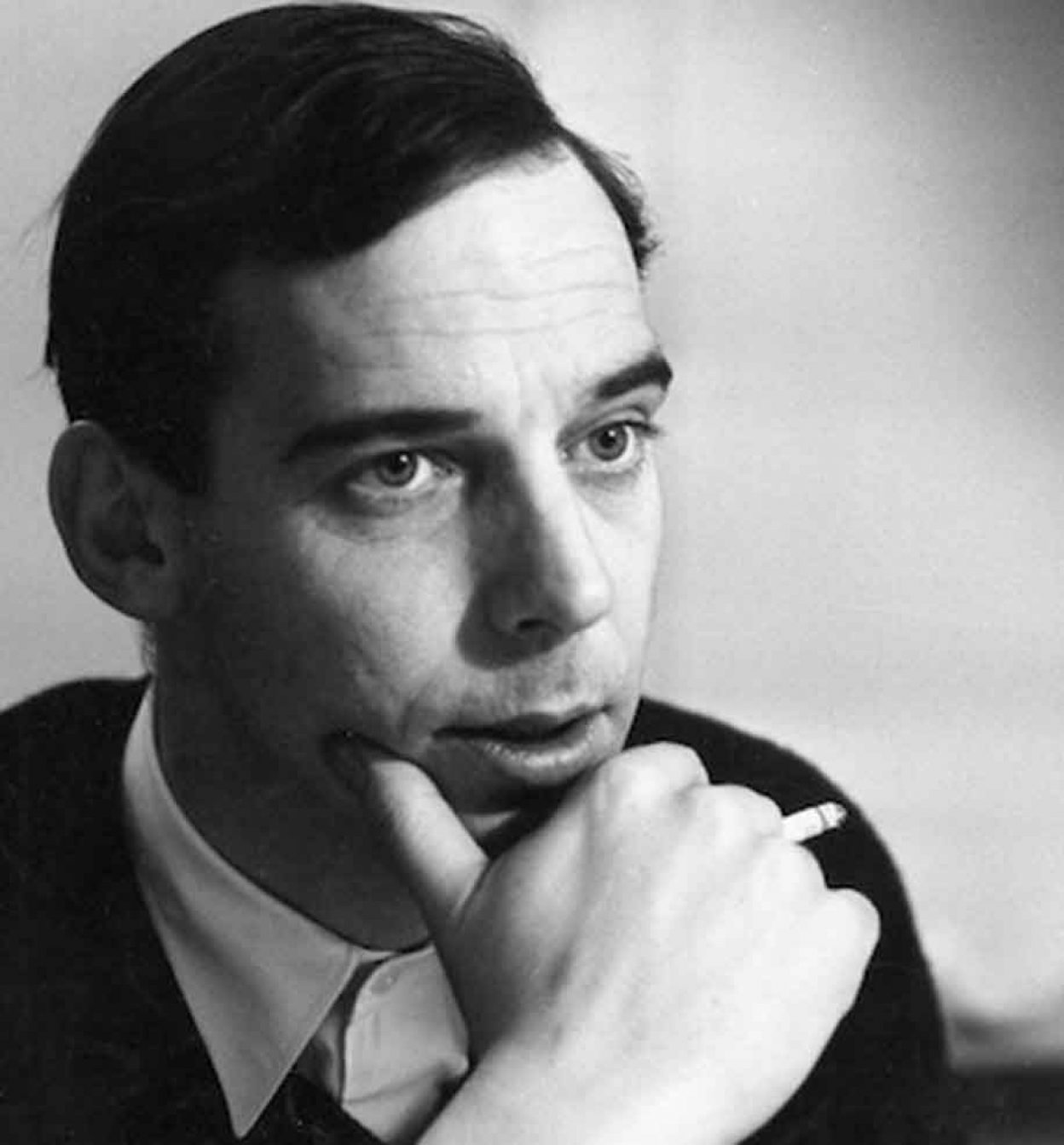
Poul Kjaerholm
Denmark 1929-1980
Poul Kjærholm had a particular interest in different construction materials; especially steel which he considered a natural material with the same artistic fineness as other natural materials. He was employed at FH for about a year, where he designed a number of noteworthy chair prototypes. In 1955 Poul Kjærholm initiated his collaboration with manufacturer Ejvind Christensen.
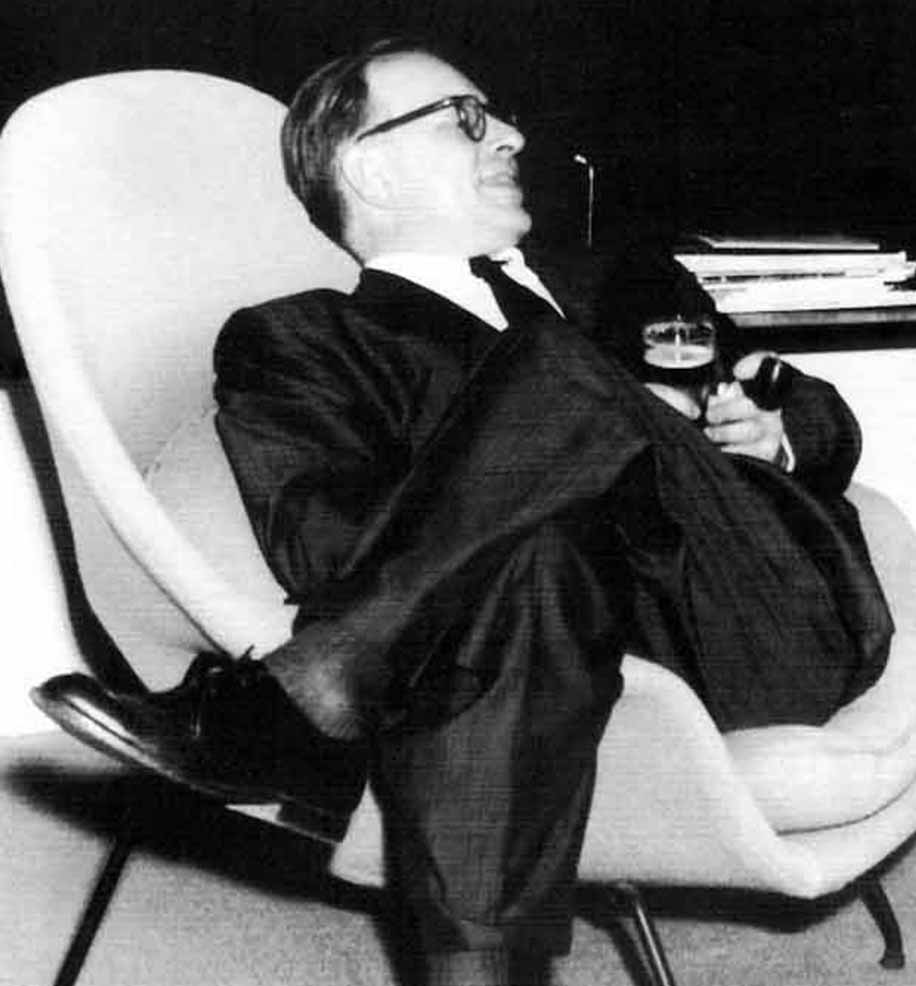
Eero Saarinen
Finland 1910-1961
Born to world famous parents, architect and Cranbrook Academy of Art director Eliel Saarinen and textile artist Loja Saarinen, Eero Saarinen was surrounded by design his whole life. It came as no surprise that Eero was helping his father design furniture and fixtures for the Cranbrook campus by the time he was in his teens.

Ray Eames
USA 1912-1988
Design is for living. That maxim shaped a widespread shift in design during the 1940s and 1950s. It was a revolution of form, an exciting visual language that signaled a new age and a fresh start – and two of its prime movers were Charles and Ray Eames. The Eameses were a husband and wife team whose unique synergy led to a whole new look in furniture.
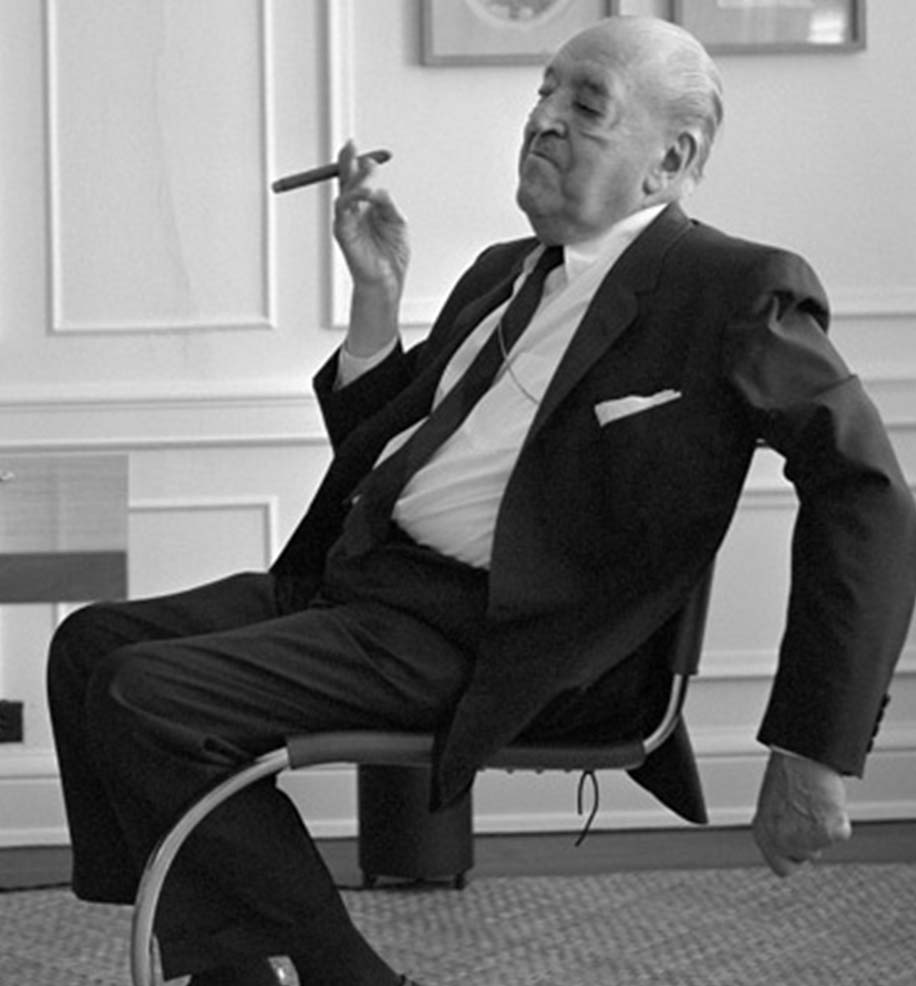
Ludwig Mies van der Rohe
Germany 1886-1969
Regarded as one of the most important figures in the history of architecture, Ludwig Mies van der Rohe’s ‘less-is-more’ approach to design was the gold standard for many generations of modern architecture. His legendary career started humbly at his father’s stonemasonry business, giving him an early appreciation of material and structure. From there he apprenticed with furniture designer Bruno Paul in Berlin.
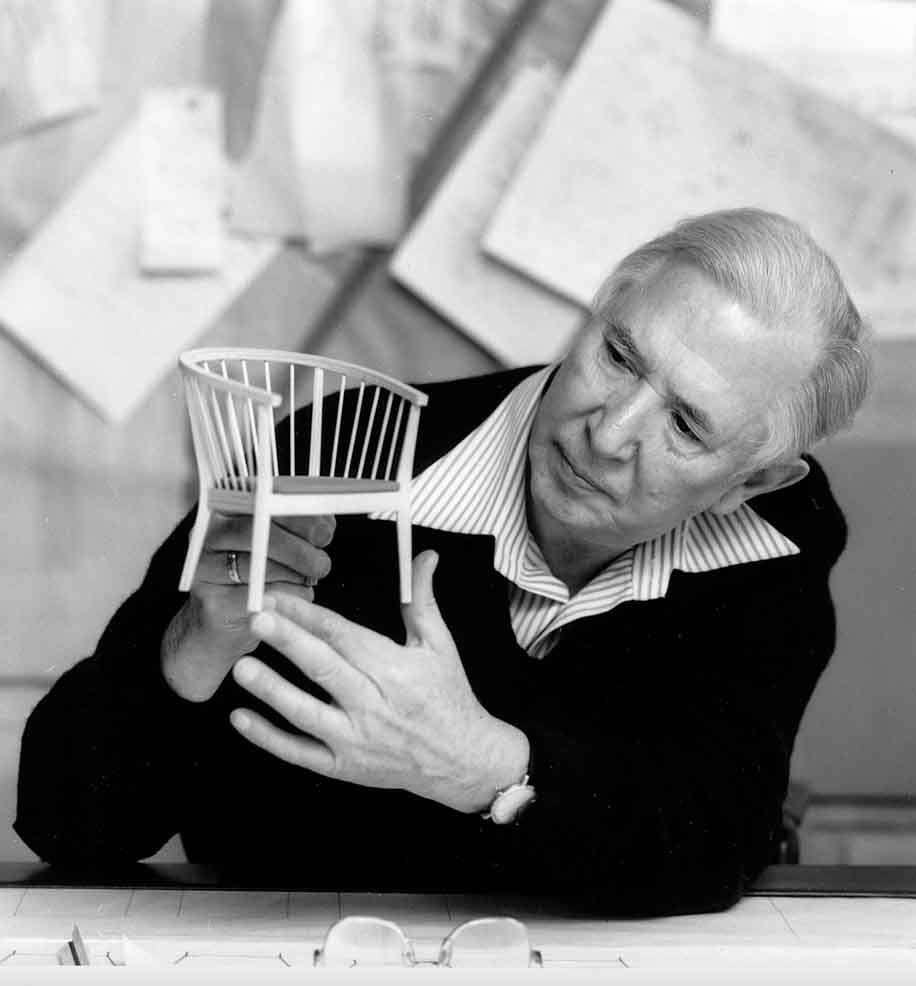
Hans Jorgen Wegner
Denmark 1914-2007
Hans Wegner stands among designers Finn Juhl, Arne Jacobsen, Borge Mogensen, Poul Kjarholm and Verner Panton as a master of 20th-century Danish Modernism. More specifically, he was instrumental in developing a body of work known as organic functionalism. His early training included both carpentry and architecture; he worked for Erik Moller and Arne Jacobsen designing furniture for the Arhus Town Hall in the early 1940s before establishing his own furniture studio.
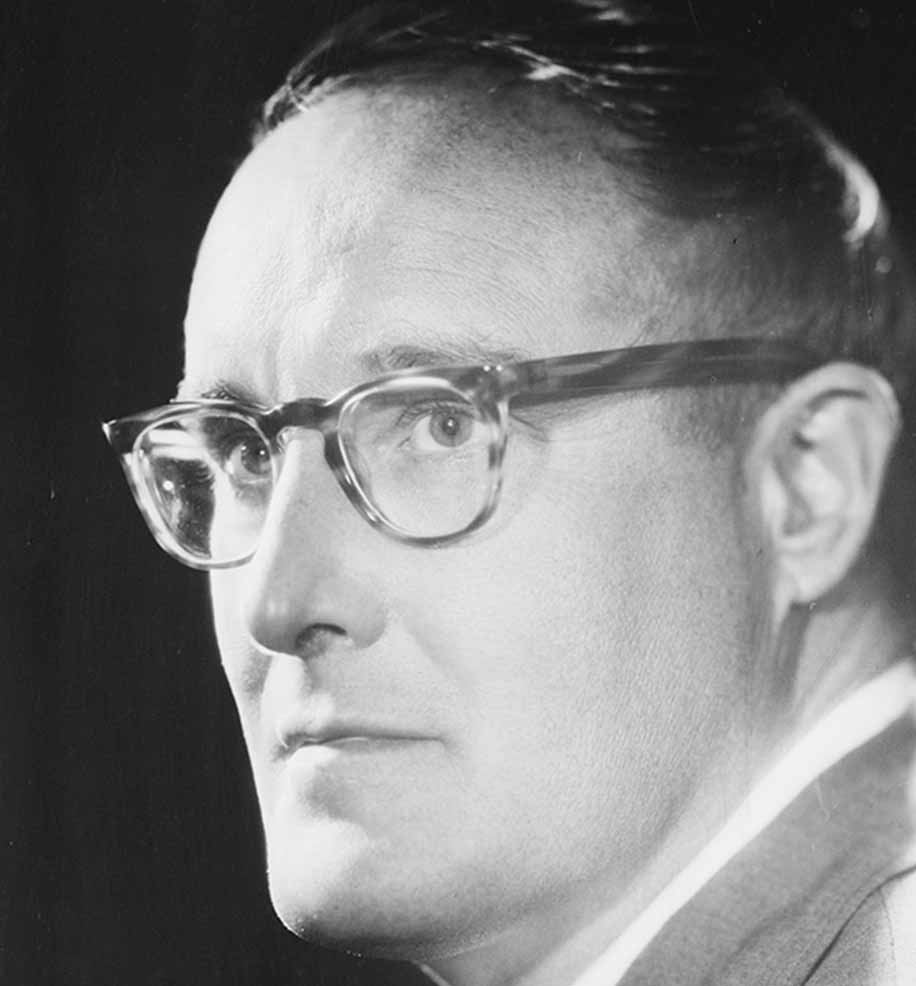
Warren Platner
USA 1919-2006
Warren Platner studied at Cornell University, graduating in 1941 with a degree in architecture. He went on to work with legendary architects Raymond Loewy, Eero Saarinen, and I. M. Pei before opening his own architecture practice. Platner made notable architectural contributions during his career, including the Georg Jensen Design Center and the Windows on the World restaurant in the World Trade Center.

Ward Bennett
USA 1917-2003
His career began at age 13, when he quit school to work in the garment district in New York. At 15, he designed his first clothing collection; at 16 he left for Europe, where he continued working on fashions. While in Europe, he attended art schools in Florence and Paris, but he was mostly self-taught, with skills that ranged from illustrating, sculpting, and jewelry-making to furniture, interior, and home design.
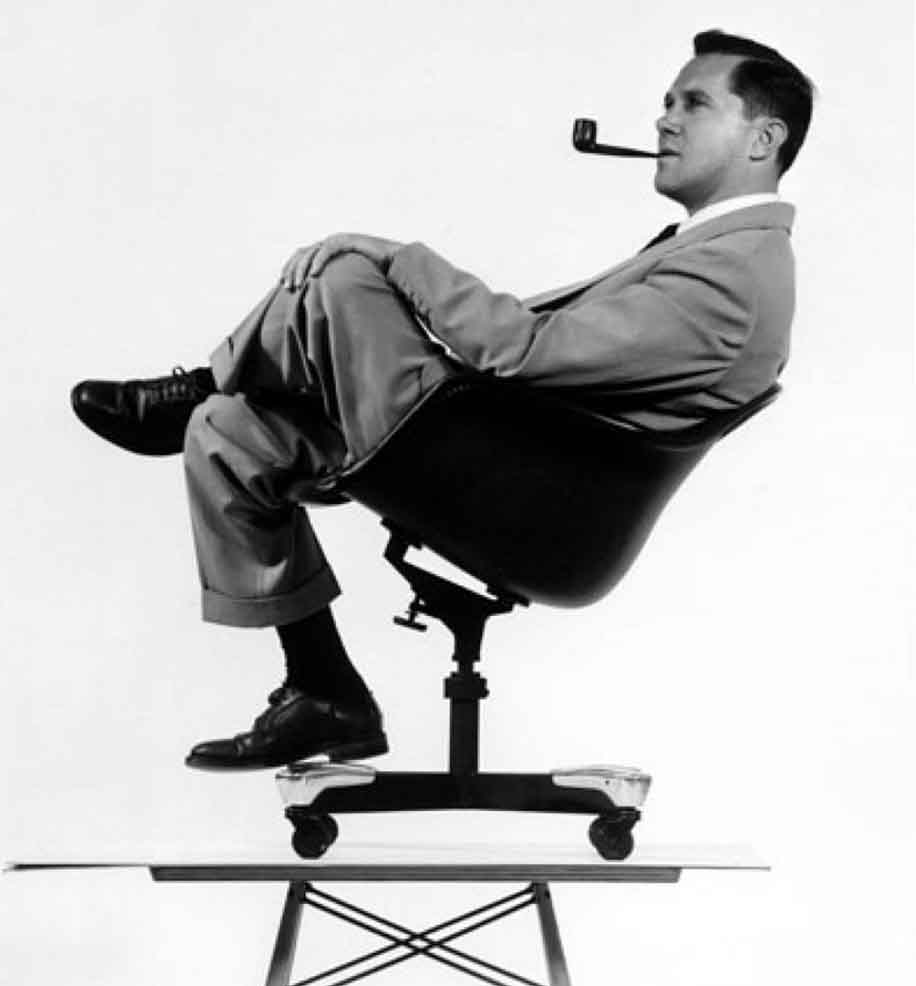
Charles Eames
USA 1907-1978
Design is for living. That maxim shaped a widespread shift in design during the 1940s and 1950s. It was a revolution of form, an exciting visual language that signaled a new age and a fresh start – and two of its prime movers were Charles and Ray Eames. The Eameses were a husband and wife team whose unique synergy led to a whole new look in furniture.